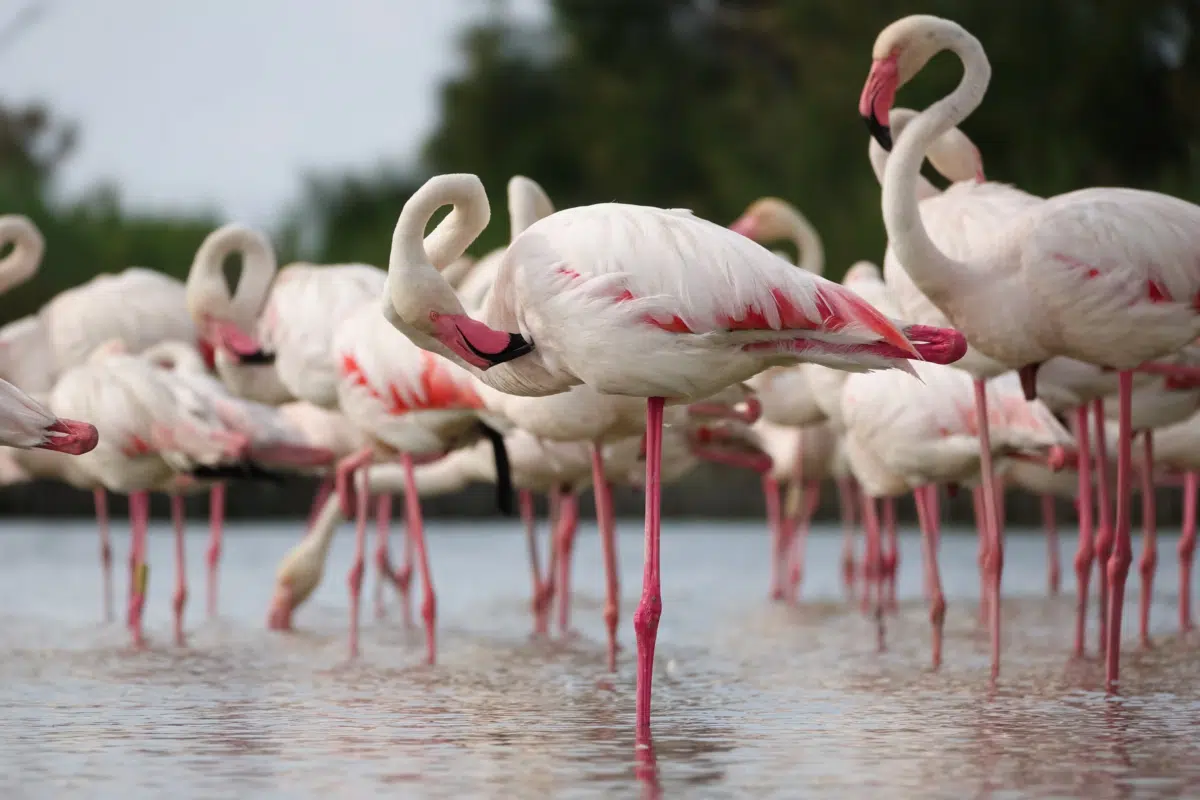Step into the world of the majestic greater flamingo, the tallest and most vibrant of all flamingo species. With its towering stature, striking pink plumage, and captivating behaviors, this magnificent bird never fails to capture the imagination. From its origins to its distinct physical characteristics, behaviors, and conservation status, delve into the fascinating realm of the greater flamingo and unlock the secrets of this iconic avian wonder.
Exploring the Greater Flamingo
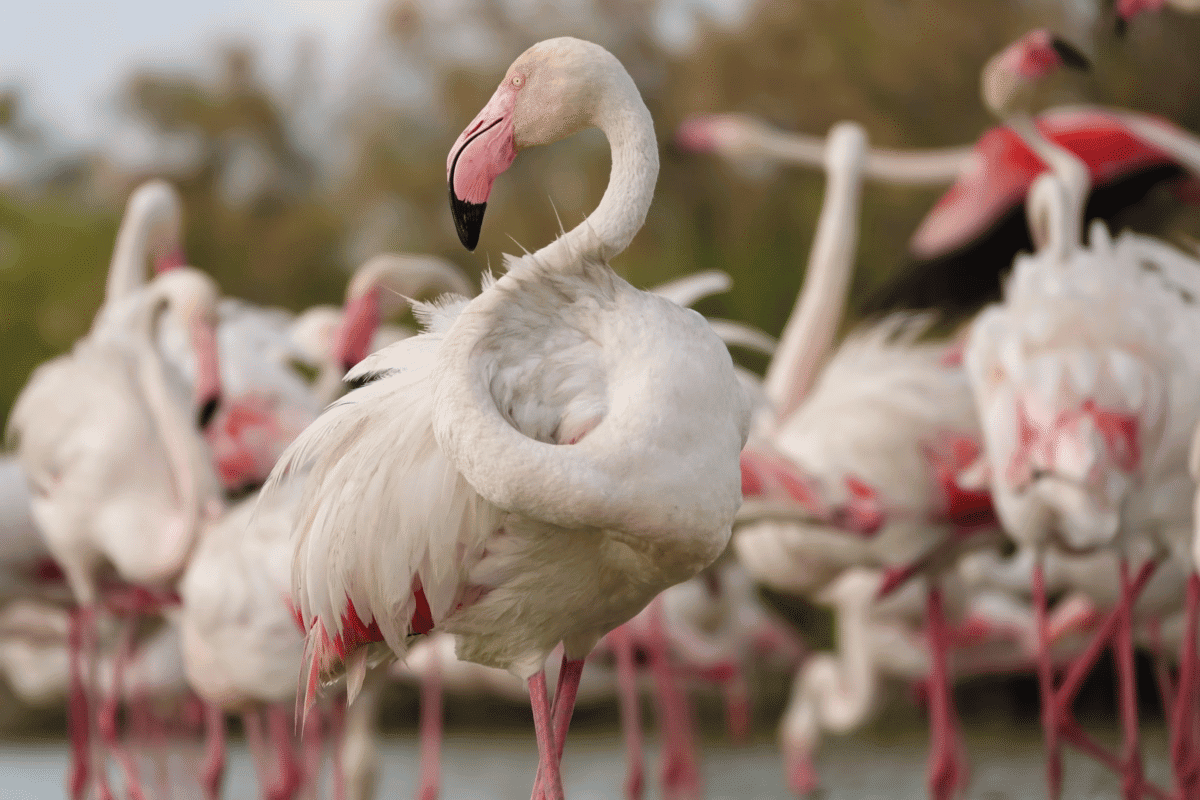
Standing tall at an impressive height of up to 187 cm (74 in) and weighing in at 4.5 kg (9.9 lb), the greater flamingo commands attention with its sheer size and graceful presence. Endowed with a predominantly pinkish-white plumage, adorned with vivid red wing coverts and black flight feathers, this species is a masterpiece of natural elegance. Its distinctive appearance serves both functional and aesthetic purposes, aiding in thermoregulation and attracting potential mates.
Origins and Distribution
The greater flamingo, scientifically known as Phoenicopterus roseus, boasts a widespread distribution across the globe. From the shores of Africa to the Mediterranean basin, and even extending into parts of Asia, these magnificent birds inhabit saline or alkaline lakes, lagoons, and coastal mudflats. Their adaptable nature allows them to thrive in various aquatic habitats, making them a truly cosmopolitan species.
Behavioral Insights
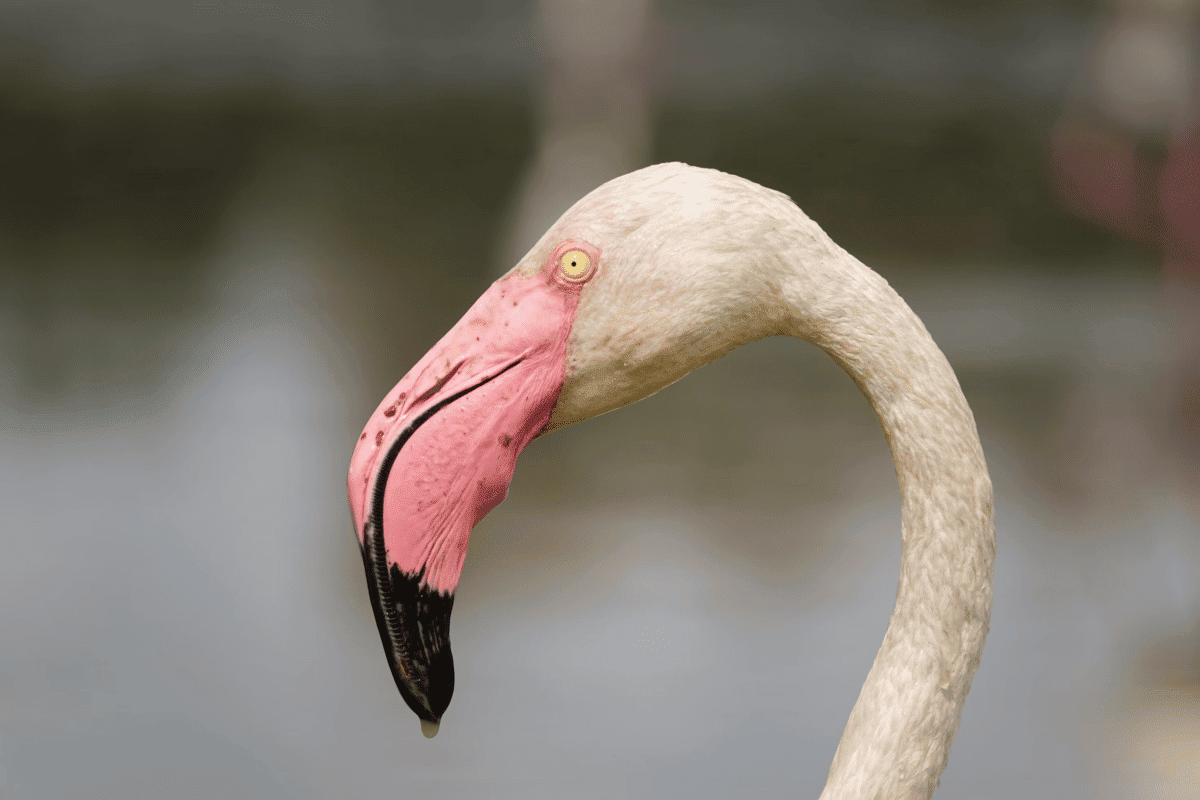
Beyond its striking appearance, the greater flamingo exhibits fascinating behaviors that captivate observers worldwide. These social birds are often observed congregating in large flocks, engaging in synchronized movements and vocalizations. Their elaborate courtship rituals, characterized by synchronized displays and vocalizations, are a sight to behold. Moreover, greater flamingos are highly gregarious, forming strong bonds within their communities and relying on collective protection against predators.
Dietary Preferences
Feeding primarily on algae, crustaceans, mollusks, and small fish, the greater flamingo possesses a specialized bill designed for filter-feeding. Utilizing its uniquely shaped beak, the bird filters water through its lamellae, extracting nutritious organisms from the brackish waters of its habitat. This dietary specialization not only sustains the greater flamingo but also plays a crucial role in shaping the ecosystems they inhabit.
Lifespan and Conservation Status
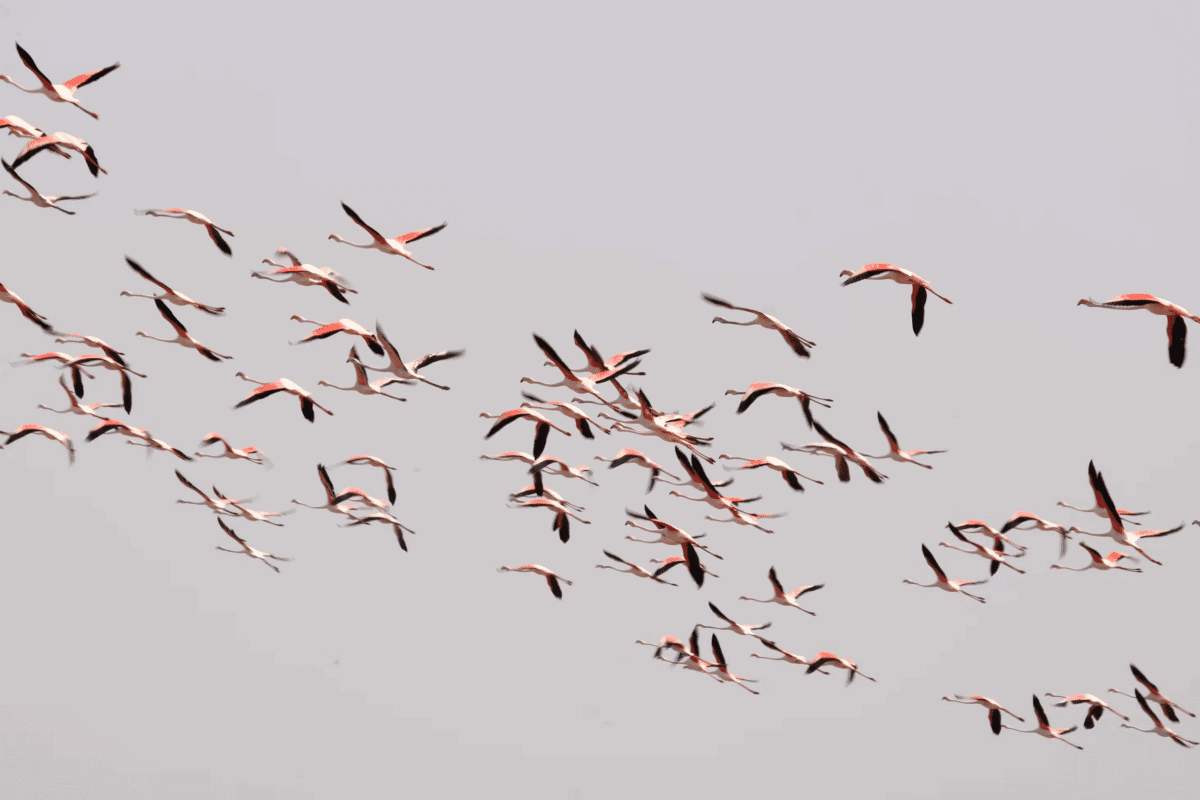
Firstly, in the wild, greater flamingos can live up to 40 years, showcasing remarkable longevity in their natural habitats. However, despite their resilience, these iconic birds face numerous threats, including habitat loss, pollution, and human disturbance. As a result, conservation efforts are crucial to safeguarding their future. Classified as a species of “Least Concern” by the International Union for Conservation of Nature (IUCN), the greater flamingo benefits from protected areas and conservation initiatives aimed at preserving its fragile ecosystems.
Greater Flamingo vs. Lesser Flamingo

| Aspect | Greater Flamingo (Phoenicopterus roseus) | Lesser Flamingo (Phoeniconaias minor) |
|---|---|---|
| Scientific Name | Phoenicopterus roseus | Phoeniconaias minor |
| Size | Up to 187 cm (74 in) tall | Up to 90 cm (35 in) tall |
| Location | Africa, Mediterranean, Asia | Africa, India |
| Behavior | Gregarious, elaborate courtship rituals | Gregarious, less elaborate displays |
| Diet | Algae, crustaceans, mollusks | Algae, plankton |
| Lifespan | Up to 40 years | Up to 25 years |
| Conservation Status | Least Concern | Near Threatened |
Wrapping Up with the Largest Flamingo Species
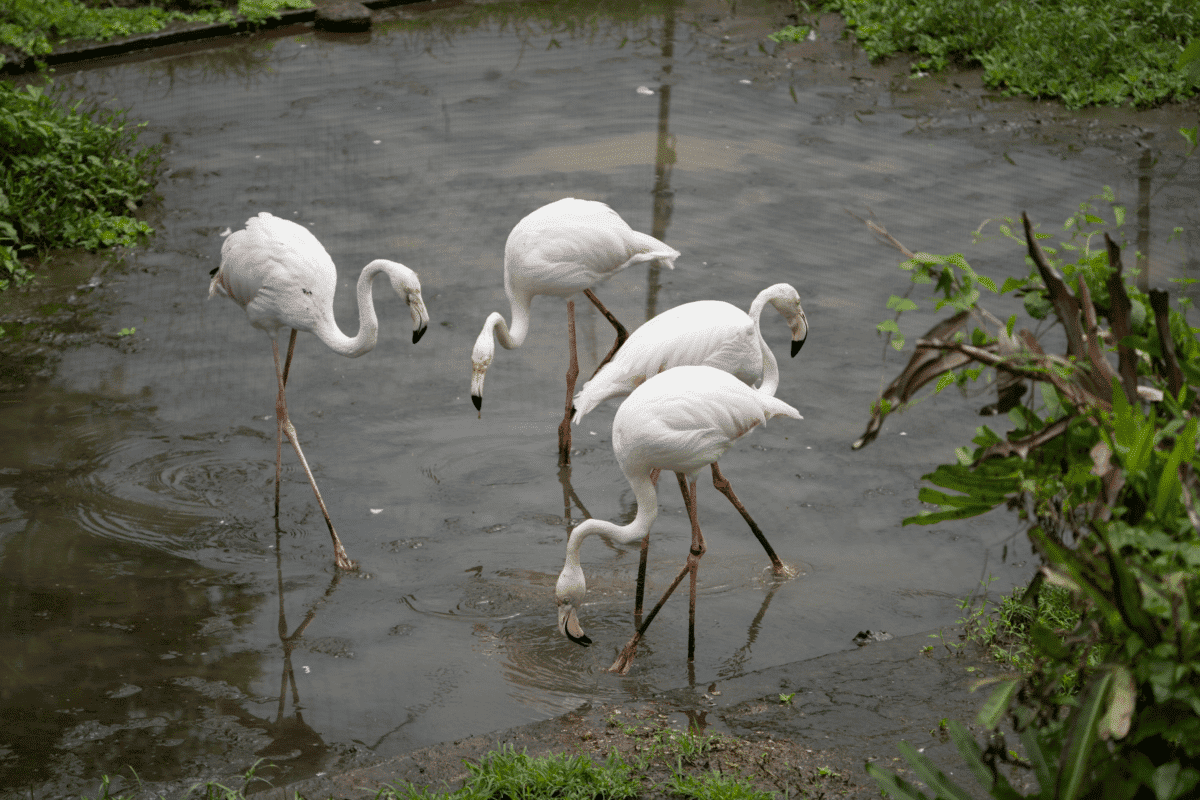
In conclusion, the greater flamingo emerges as a true marvel of the avian world, captivating observers with its grandeur, elegance, and intriguing behaviors. Furthermore, from its towering stature to its specialized feeding habits, every aspect of this iconic species reflects the wonders of nature. However, as human activities continue to impact their habitats, concerted conservation efforts are essential to ensuring the survival of these magnificent birds for generations to come. Let us celebrate and protect the majestic greater flamingo, a symbol of beauty and resilience in the natural world.
Thank you for following along with this article –
Next up in the animal kingdom:
Join our Forum for free today!

- Beachgoers Save Massive Shark Stranded In Florida - July 22, 2024
- Pit Bull Rescued From Being Chained Its Whole Life Gets A Surprise - July 21, 2024
- Dog With Zoomies Takes Flight Into Barley Field - July 21, 2024

